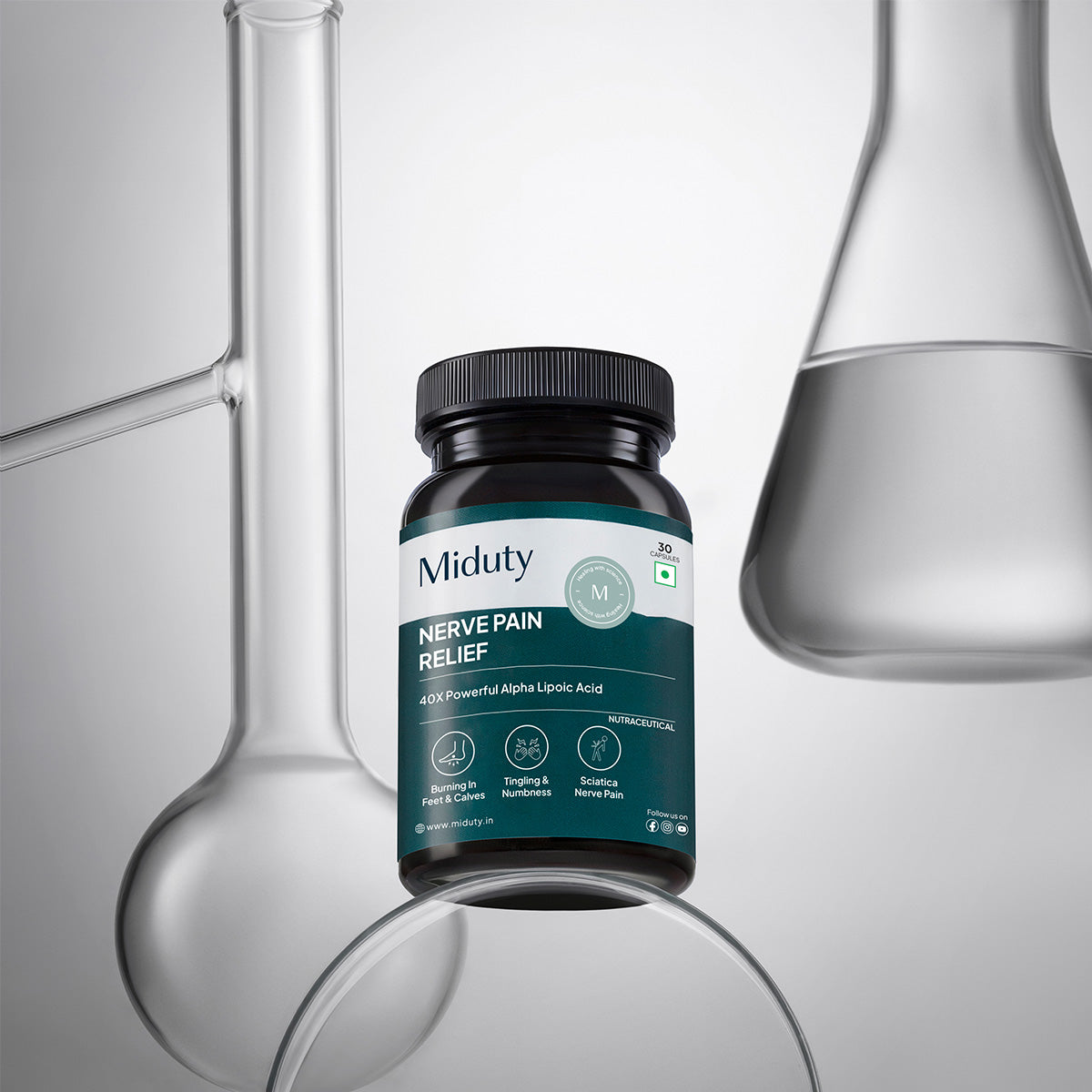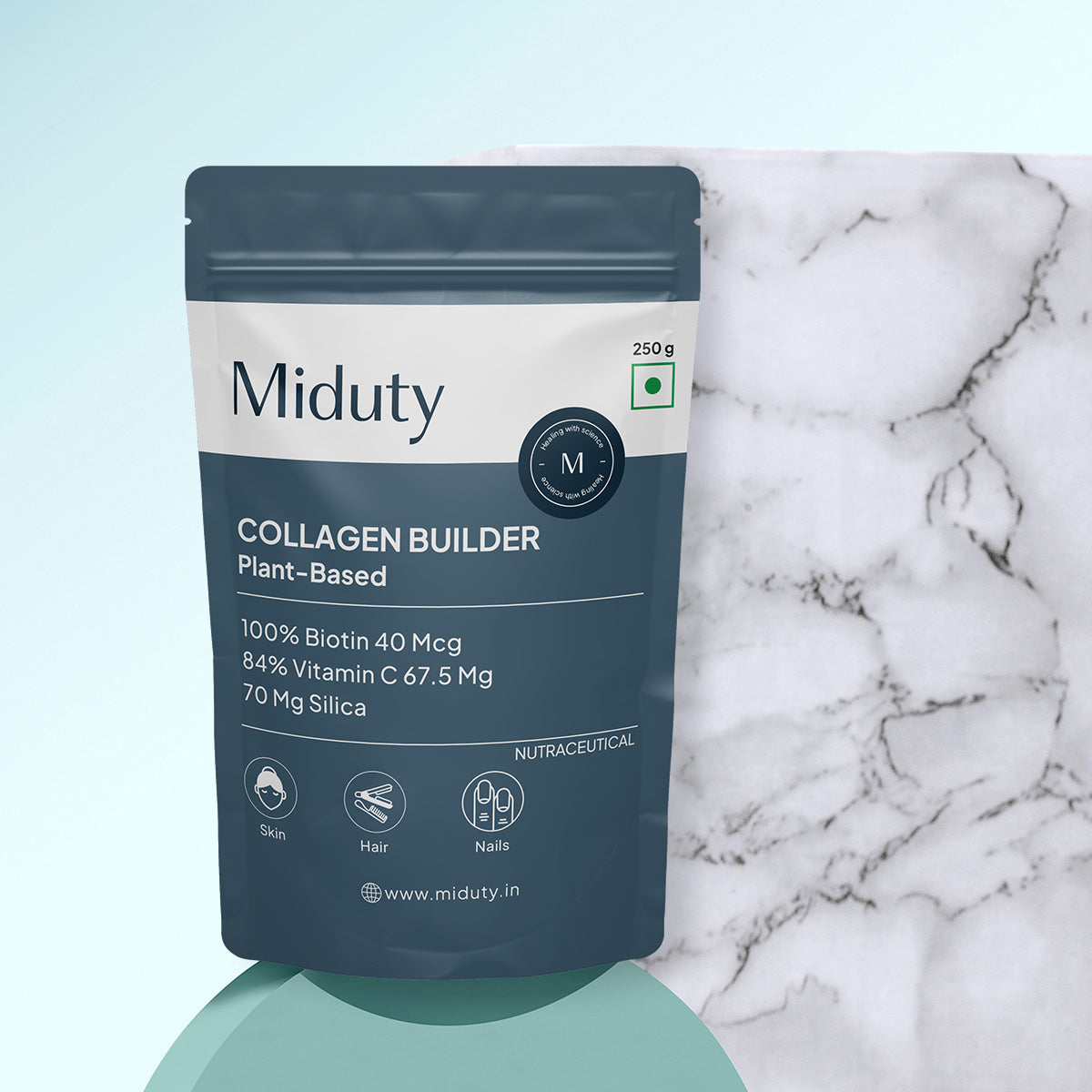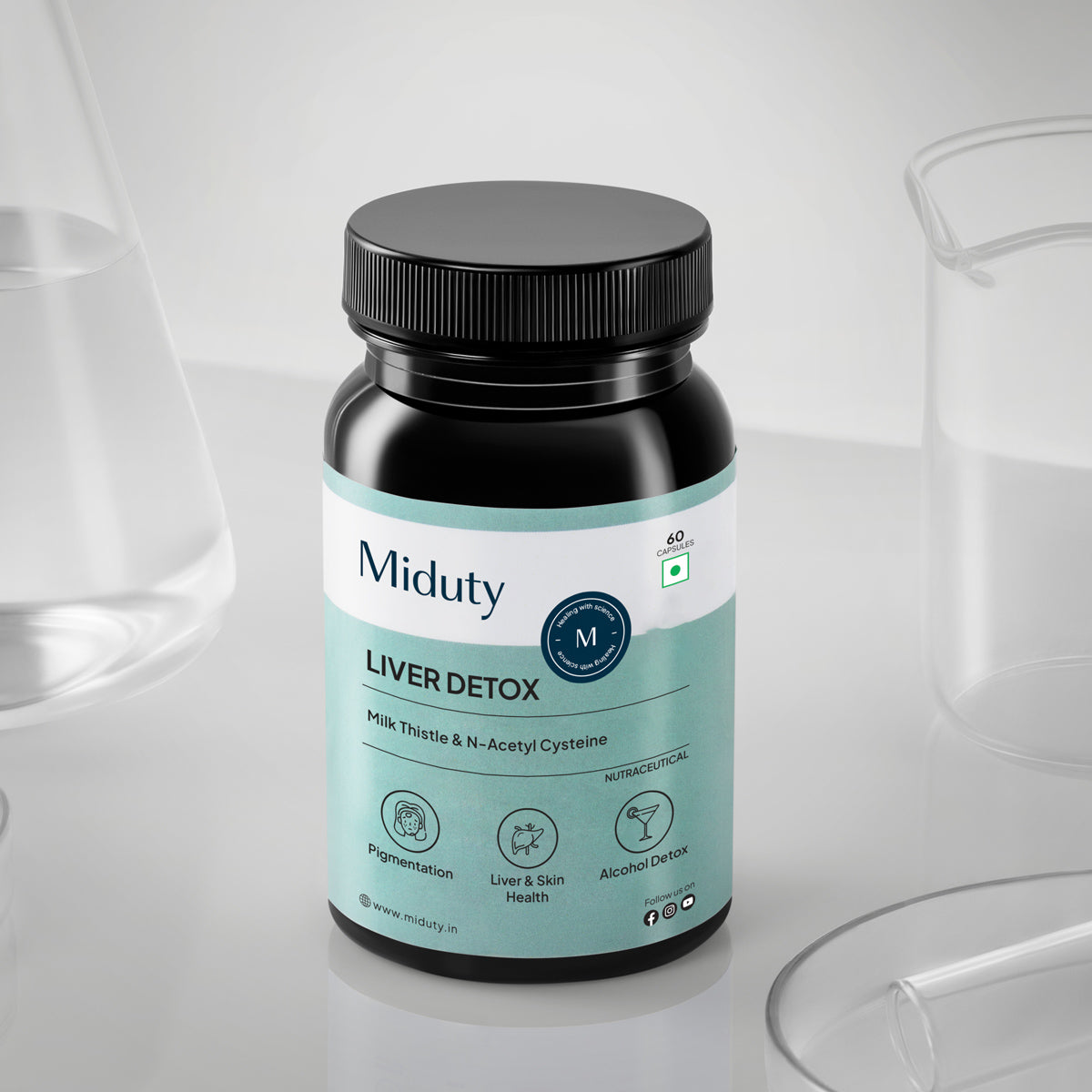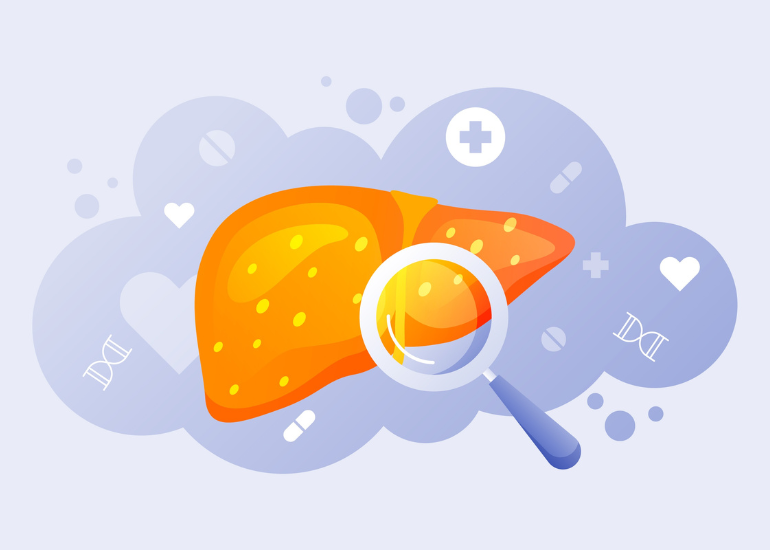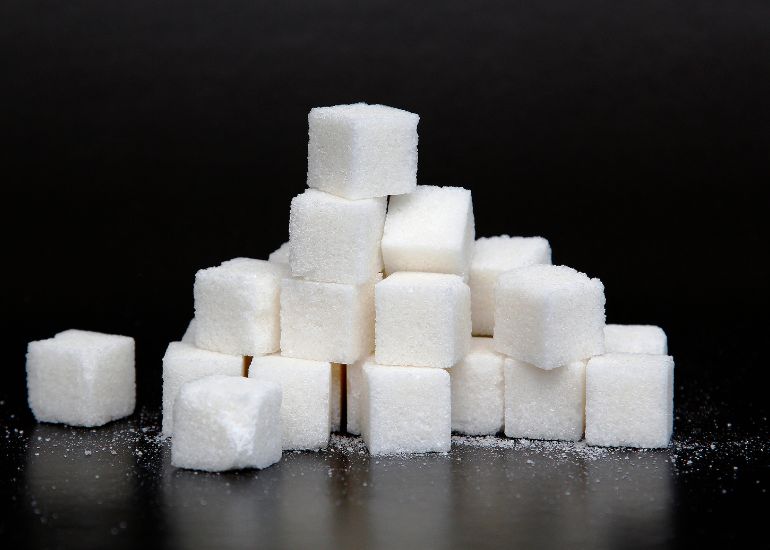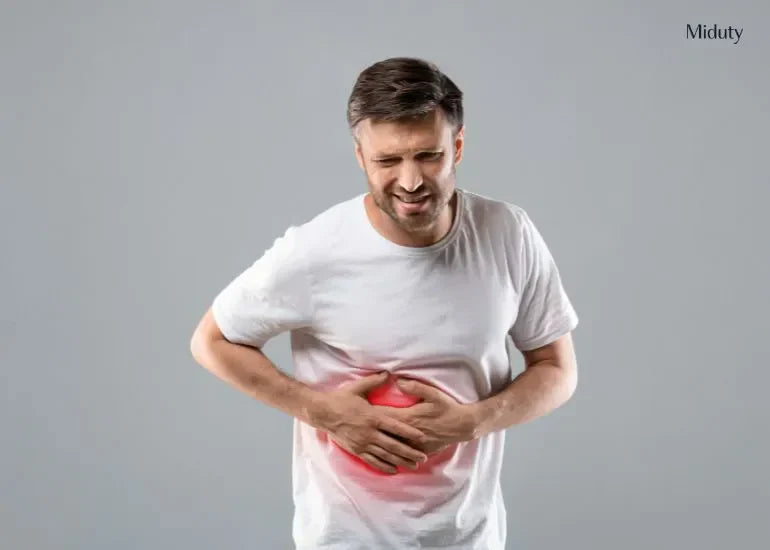
Exercises for Varicose Veins: How to Manage and Improve Circulation
More than just a cosmetic concern, varicose veins ache, they swell, and they make your legs feel heavy, all this leading to significant distress in daily life. While there are various treatments available, even some simple movements can also help you manage and alleviate the symptoms of varicose veins.
Yes, we're talking exercises for varicose veins—not intense gym workouts, but low-impact movements anyone can do at home, even if you've never liked working out.
This article will explore how exercise can benefit those with varicose veins, the types of exercises to consider, and how to incorporate them into your routine for maximum benefit.
Key Takeaways
1. Exercise Improves Circulation: Regular exercise helps enhance blood flow, which is crucial for managing varicose veins.
2. Walking and Cycling Are Ideal: Low-impact exercises like walking and cycling strengthen leg muscles and improve venous return without straining the veins.
3. Strength Training Benefits: Light strength training can support vein health by building leg muscle strength and improving circulation.
4. Yoga Relieves Swelling: Yoga poses help reduce leg swelling and enhance flexibility, promoting better blood flow.
5. Lifestyle Changes Complement Exercise: Maintaining a healthy weight, eating a balanced diet, and avoiding prolonged sitting or standing further support vein health.
What are Varicose Veins?
Varicose veins are swollen, twisted veins that usually appear on the legs and feet. These veins become enlarged due to weakened valve functions, causing blood to pool rather than flow smoothly. Varicose veins are often associated with aching, heaviness, and tiredness in the legs.
While varicose veins are common among older adults, several factors like pregnancy, obesity, and a sedentary lifestyle can increase the risk of developing them. Good blood circulation is essential for maintaining vein health. Exercise helps improve circulation by encouraging the muscles in the legs to contract, which aids in pushing blood back toward the heart. This can relieve symptoms and prevent the worsening of varicose veins.
Why Exercise Matters for Varicose Veins?
Many people wonder if exercise could worsen their varicose veins, but in most cases, it actually helps manage and reduce symptoms. Here's how exercises for varicose veins help:
-
Improved Blood Flow: Exercises that promote muscle contractions, especially in the legs, help to push blood upward toward the heart, reducing the pooling of blood in the veins.
-
Weight Management: Maintaining a healthy weight reduces pressure on the veins, which is essential for preventing varicose veins from worsening.
-
Strengthening Muscles: Exercises like walking and cycling help strengthen the muscles in your legs, providing more support to the veins.
- Reducing Swelling: Regular movement encourages blood flow, which can reduce swelling and discomfort caused by varicose veins.
Top Exercises for Varicose Veins
1. Walking: A Simple Yet Effective Exercise
Walking is a low-impact exercise that helps promote circulation without putting too much stress on your joints or veins. It is one of the best exercises for varicose veins, as it engages the leg muscles and encourages blood flow. Try walking at a moderate pace for 30 minutes most days of the week.
Benefits of Walking for Varicose Veins
- Reduces swelling and discomfort in the legs.
- Strengthens calf muscles, improving blood circulation.
- Convenient for daily activity, as it can be done anywhere.
2. Cycling: Low-Impact, High-Reward
Cycling is another excellent option for those dealing with varicose veins. Whether you're cycling outdoors or using a stationary bike, this activity helps activate the leg muscles and promotes better circulation. It's a great way to get your heart rate up without putting too much pressure on your veins.
Benefits of Cycling for Varicose Veins
- Helps strengthen the calves and thighs, improving venous return.
- Provides a cardiovascular workout that enhances blood circulation.
- Low-impact exercise so it's gentle on the joints.
3. Swimming: Full-Body Exercise for Circulation
Swimming is a fantastic low-impact exercise that engages the entire body while relieving pressure on the legs. The buoyancy of the water helps reduce the strain on your veins while still allowing you to work your muscles, improving blood circulation.
Benefits of Swimming for Varicose Veins
- Works on multiple muscle groups without stressing the veins.
- Keeps the body cool and comfortable, reducing swelling.
- Ideal for people with more advanced varicose veins or joint issues.
4. Leg Elevation and Stretching Exercises
Incorporating leg elevation into your routine can significantly reduce symptoms of varicose veins. This simple technique involves lying on your back and propping your legs up on pillows or a chair to encourage blood flow back to the heart. Stretching exercises, such as calf stretches and hamstring stretches, can also help improve flexibility and circulation.
Benefits of Leg Elevation and Stretching
- Reduces swelling and promotes healthy blood flow.
- Helps release tension in the leg muscles.
- It can be done at home, making it convenient.
5. Ankle Pumps and Toe Raises
Ankle pumps and toe raises are simple exercises that can be done anywhere. These exercises involve flexing and pointing the feet (ankle pumps) and raising the heels while keeping your toes on the ground (toe raises). They stimulate the calves, which helps push blood up the legs and prevents blood from pooling in the veins.
Benefits of Ankle Pumps and Toe Raises
- Simple and easy to do throughout the day.
- Targets the lower legs to improve circulation.
- Can be done while sitting or standing.
6. Strength Training: Targeting the Lower Body
While high-intensity weightlifting isn't recommended for people with varicose veins, lighter weight training that focuses on the lower body can help. Exercises like lunges, squats, and leg presses can build strength in your legs and improve circulation without putting too much strain on the veins.
Benefits of Strength Training for Varicose Veins
- Increases muscle strength, which helps support the veins.
- Encourages blood flow through the legs and feet.
- Improves overall fitness and health.
7. Yoga Poses to Improve Circulation
Yoga is a fantastic way to improve flexibility and circulation. Certain yoga poses, such as the Downward Dog, Legs Up the Wall, and Warrior Pose, can help enhance venous return and reduce swelling in the legs. Yoga also promotes relaxation, which can reduce stress-related symptoms of varicose veins.
Benefits of Yoga for Varicose Veins
- Promotes better circulation through specific poses.
- Reduces stress and tension in the body.
- Helps improve flexibility and overall body posture.
Tips for Exercising with Varicose Veins
While exercise is beneficial for varicose veins, there are a few key tips to keep in mind to ensure you're exercising safely and effectively:
1. Wear Compression Stockings: These can help reduce swelling and improve circulation during exercise.
2. Avoid High-Impact Exercises: Activities like running or jumping can put excess strain on your veins, so opt for low-impact exercises instead.
3. Stay Hydrated: Drink plenty of water to keep your body hydrated and prevent fluid retention.
4. Warm Up and Cool Down: Always warm up before exercising and cool down afterward to prevent muscle strain.
Supplements to Support Varicose Veins
While exercises are foundational in managing varicose veins, certain supplements can further enhance vein health by improving circulation, reducing inflammation, and strengthening blood vessels.
1. Collagen Supplementation
Collagen is vital for maintaining the elasticity and strength of blood vessels. As we age, collagen production decreases, potentially leading to weakened vein walls. Supplementing with plant-based collagen can support vascular integrity and reduce the appearance of varicose veins.
2. Omega-3 Supplementation
Rich in EPA and DHA, omega-3 fatty acids have anti-inflammatory properties that can alleviate vein discomfort. They also promote better blood flow, reducing the risk of blood pooling in the veins.
3. Nerve Pain Relief Blend
This supplement is formulated with ingredients like Horse Chestnut, R-Lipoic Acid, Acetyl L-Carnitine HCL, and essential B vitamins. Horse Chestnut is known for its ability to reduce leg swelling and improve vein elasticity. R-Lipoic Acid and Acetyl L-Carnitine support nerve health and enhance blood circulation, which can be beneficial for those experiencing discomfort from varicose veins. The B vitamins aid in maintaining overall vascular and nerve health.
Remember: Always consult with a healthcare professional before starting any new supplement regimen, especially if you have existing health conditions or are on medication.
Conclusion
Exercise is one of the best ways to manage and improve the symptoms of varicose veins. By incorporating walking, cycling, swimming, stretching, and other exercises into your daily routine, you can enhance blood circulation, reduce swelling, and strengthen the muscles that support your veins. And supplementation provides an added support to the vein system, improving blood circulation and supporting vein health.
Remember to consult with a healthcare professional before starting any exercise or supplementation program, especially if you have advanced varicose veins or other health concerns.
Frequently Asked Questions On Exercise for Varicose Veins -
Q1. Can exercise cure varicose veins?
Exercise can't completely fix or reverse varicose veins, but it can definitely improve symptoms. Activities like walking, cycling, and leg stretches help boost circulation and reduce swelling and discomfort. Regular movement can prevent the condition from getting worse and may make veins less noticeable over time.
Q2. What is the best sitting position for varicose veins?
The best sitting position is with your feet slightly elevated—use a small stool or footrest under your legs. Avoid crossing your legs or sitting for too long in one place. Keep your knees slightly bent and try to move or stretch every 30–60 minutes to maintain blood flow.
Q3. Is walking best for varicose veins?
Yes! Walking is one of the most effective and low-impact exercises for varicose veins. It helps pump blood through your legs and back to your heart, improving circulation without putting strain on your joints or veins.
Q4. Can varicose veins go back to normal?
Once a vein becomes varicose, it doesn't typically return to its original state on its own. However, with consistent exercise, lifestyle changes, compression therapy, and supplements, you can manage the symptoms and prevent new ones from forming. In more severe cases, medical procedures may be needed.
Q5. What is the quickest way to get rid of varicose veins?
The fastest way to reduce the appearance of varicose veins is through medical procedures like laser therapy, sclerotherapy, or vein surgery. But for natural, long-term management, a combo of regular exercise, leg elevation, proper hydration, and targeted supplements (like circulation boosters) can help a lot.
References


